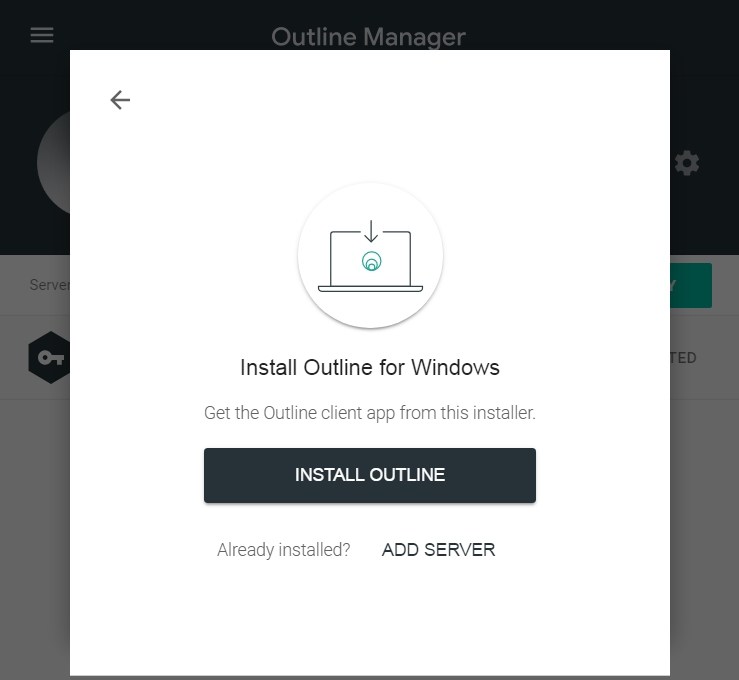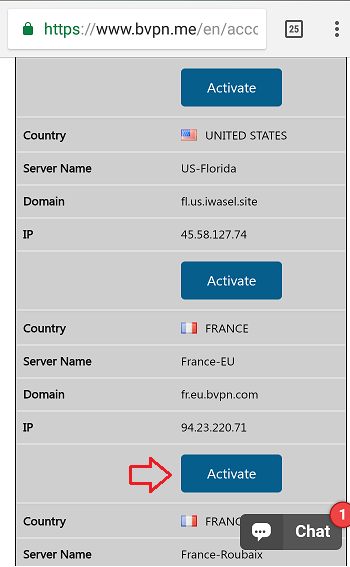
- #SHADOWSOCKS CLIENT HOW TO HOW TO#
- #SHADOWSOCKS CLIENT HOW TO INSTALL#
- #SHADOWSOCKS CLIENT HOW TO ZIP FILE#
- #SHADOWSOCKS CLIENT HOW TO FULL#
- #SHADOWSOCKS CLIENT HOW TO FOR ANDROID#
Netsh advfirewall firewall add rule name=" Shadowsocks Allow - Shadowsocks (UDP)" dir=out action=allow program="C:\Program Files\ Shadowsocks \Shadowsocks.exe" enable=yes protocol=UDP Netsh advfirewall firewall add rule name="Shadowsocks Allow - Shadowsocks (TCP)" dir=out action=allow program="C:\Program Files\ Shadowsocks \Shadowsocks.exe" enable=yes protocol=TCP ::xcopy *.lnk "%ProgramData%\Microsoft\Windows\Start Menu\Programs\Shadowsocks" /q /y Xcopy *.exe "%ProgramFiles%\Shadowsocks" /q /y

Xcopy *.dll "%ProgramFiles%\Shadowsocks" /q /y ::Step 3 - Add shortcut to default programs files list ::Steup 2 - Set permissions so that all users can edit the contents of the foldersĬacls "%ProgramFiles%\Shadowsocks" /e /p Users:CĬacls "%ProgramFiles%\Shadowsocks\temp" /e /p Users:CĬacls "%ProgramFiles%\Shadowsocks\ss_win_temp" /e /p Users:C Md "%ProgramData%\Microsoft\Windows\Start Menu\Programs\Shadowsocks" Md "%ProgramFiles%\Shadowsocks\ss_win_temp" ::Step 1 - Create folders in "Program Files" ::Shadowsocks Windows Client Installation Batch File For the sake of this example, we'll call it InstallSSWin.batĬopy the following text into your InstallSSWin.bat off You should end up with 4 files:Ĭreate a new batch file in the same directory. Unzip all of the files into a single directory.
#SHADOWSOCKS CLIENT HOW TO ZIP FILE#
ZIP file from github (OPTIONAL) (I use the msys2-x86-64.zip file)
#SHADOWSOCKS CLIENT HOW TO HOW TO#
Below are some instructions on how to download the client from github, then to copy it into the Program Files directory, and to set the permissions so that non-admin users can run the software correctly. The main issue I've run into with getting it working properly are related to folder permission in the Program Files directory.
#SHADOWSOCKS CLIENT HOW TO FOR ANDROID#
The client for Android is very simple to use and is the "gold" standard (in my opinion), but the Windows client also works well if you are able to configure it correctly.

It is similar to a VPN but simpler and has less features.
#SHADOWSOCKS CLIENT HOW TO INSTALL#
To use Salsa20 or ChaCha20 ciphers, install the libsodium package.Introduction and Summary: Shadowsocks is an encrypted proxy for circumventing firewalls and geo-location restrictions. Installing the python-m2crypto package will make encryption a little faster. The Shadowsocks server can be controlled with an instance of example, to start and enable the service using the configuration file /etc/shadowsocks/config.json, use the service or bind Shadowsocks to a privileged port (less than 1024), the server should be started as user $ ssserver -c /etc/shadowsocks/config.json -d stop $ ssserver -c /etc/shadowsocks/config.json -d start $ ss-server -c /etc/shadowsocks/config.json -d stop $ ss-server -c /etc/shadowsocks/config.json -d start $ ssserver -c /etc/shadowsocks/config.json $ ss-server -c /etc/shadowsocks/config.json To start it in the foreground using the configuration file /etc/shadowsocks/config.json: The server is started with the ss-server(shadowsocks-libev) or ssserver(shadowsocks) command. Tip: Run journalctl -u foo as root to see the logs. You may also be interested in running an instance of after the network is up. The Shadowsocks client can be controlled with an instance of or through systemctl. For example, the configuration file is /etc/shadowsocks/foo.json. Make sure that the configuration file is in /etc/shadowsocks. $ ss-local -s server_address -p server_port -l local_port -k password -m encryption_method -v To use verbose log, add -v to the command:

$ ss-local -s server_address -p server_port -l local_port -k password -m encryption_method $ ss-local -c /etc/shadowsocks/config.jsonĪlternatively, the configuration may be specified directly on the command: To start it using the configuration file /etc/shadowsocks/config.json:

The client is started with the ss-local command.
#SHADOWSOCKS CLIENT HOW TO FULL#
For example, privoxy or a full DNS resolver on the client. In order to prevent DNS request leaking of client applications (like browsers), further applications must be employed. Warning: The udns package is used as a stub resolver for DNS.


 0 kommentar(er)
0 kommentar(er)
